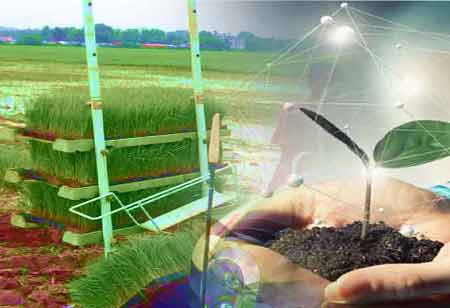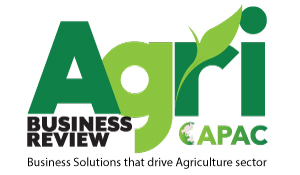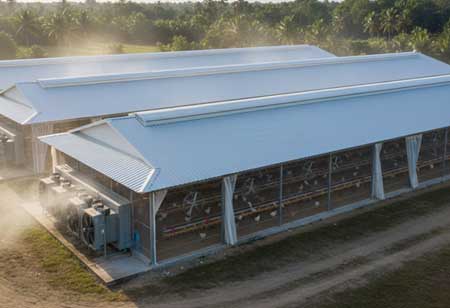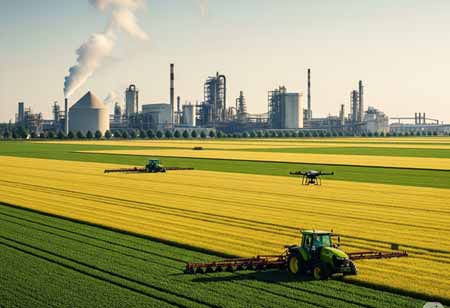Thank you for Subscribing to Agri Business Review Weekly Brief
Automating Agricultural Harvesting Processes
Over the last few decades, the agriculture sector has changed from traditional farming methods to cutting-edge agricultural technology.

By
Agri Business Review | Wednesday, April 03, 2024
Stay ahead of the industry with exclusive feature stories on the top companies, expert insights and the latest news delivered straight to your inbox. Subscribe today.
Robotics and many other technologies improve yield by optimizing harvesting.
FREMONT, CA: Over the last few decades, the agriculture sector has changed from traditional farming methods to cutting-edge agricultural technology. Technology has successfully addressed problems in rural agriculture to increase productivity. Smart farming technology aims to assist farmers in growing high-yield crops to meet the demands of a growing global population. Cutting-edge tools are beneficial for farmers in resolving essential issues about agriculture.
Robotics has significantly streamlined crop-gathering procedures, especially in the context of harvesting, saving farmers time and labor. Developing sophisticated smart harvesting equipment in the agricultural sector has resulted in notable innovations for the global smart harvest market and smart farming technologies. Smart harvesting uses autonomous harvesters and harvesting robots and various sensors and imaging systems like RFID, RGB cameras, 3D sensors, and ultrasonic sensors. Applications hosted on-premises or in the cloud are essential tools in the toolbox of smart harvesters because they make fieldwork management and improvement easier. One of the main advantages of smart harvesting systems is real-time data acquisition, which allows for real-time equipment monitoring and guards against mechanical damage while in use.
The smart harvest market is expected to expand significantly due to its many advantages. The market for smart harvests was estimated to be worth $8.38 billion globally in 2021, growing at a CAGR of 12.50 percent to reach USD 16.85 billion by 2027. Crop harvesting is a complex and repetitive task that demands knowledge and accuracy. Autonomous agricultural robots use a variety of robotic components to enable operation in harsh environments while ensuring the delicate handling of crops using cutting-edge computer vision and machine learning. These machines can recognize the best times for harvesting, providing the choice of ripe produce without damage or waste. In the agricultural sector, newcomers and well-established players are investing in fruit harvesting robots.
Precision agriculture is possible thanks to the integration of AI, IoT, robotics, and data analytics, where crop management is adapted to the requirements of each plant. Farmers can make informed decisions thanks to sensors monitoring nutrient content, moisture levels, and soil conditions. Imaging equipment attached to a drone allows it to scan fields from above, identifying problem areas.
The potential to revolutionize food production, maximize resource use, and ensure sustainable farming practices for a growing world population exists when technology and agriculture are combined. Autonomous crop-harvesting robots use a variety of robotic components to work in harsh environments, handling crops' delicate nature while guarding against damage and picking out ripe produce using cutting-edge computer vision and machine learning techniques. Due to their skill at determining the ideal fruit ripeness, these robots can select fruits and vegetables carefully without wasting any. Robots that harvest fruit receive funding from burgeoning startups and seasoned agricultural players. These robots offer precise harvest timing and priceless information on fruit quality and yield thanks to data analysis.





